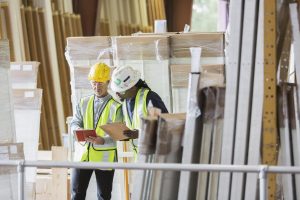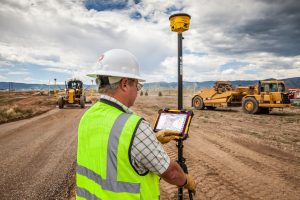
How to Build DIY Solar Power Generation for Less Than $300
Presently, almost everyone is familiar with solar energy, and solar power has been gaining more popularity as time progresses. As a result, more people are adopting solar power generation and utilization in their firms and homes. However, many are not yet familiar with DIY solar power generation. You can find DIY solar generator diagrams here.
Despite its popularity, solar energy generation still sounds futuristic to a lot of people. Although many people are utilizing solar energy, their numbers are still a far cry from the majority of the …



